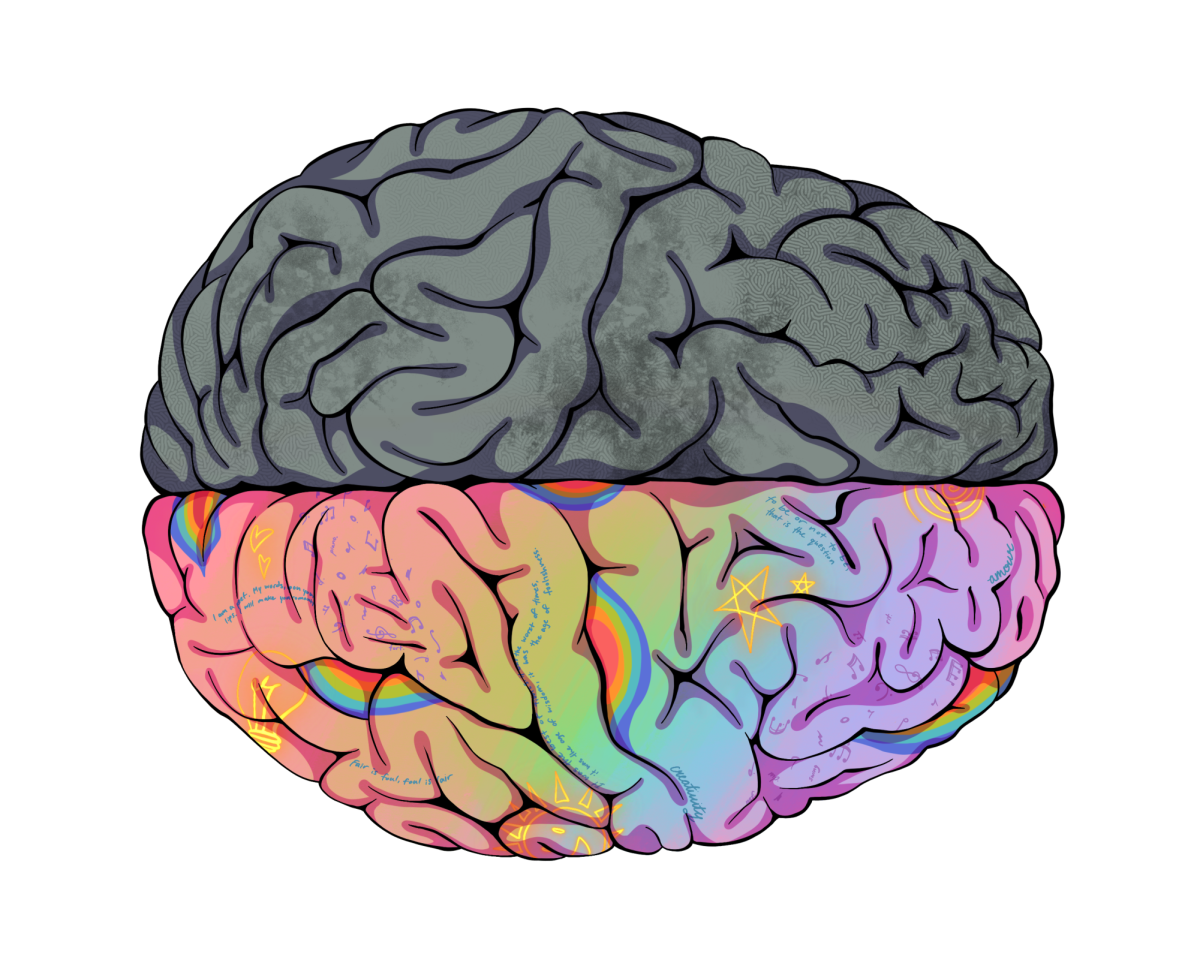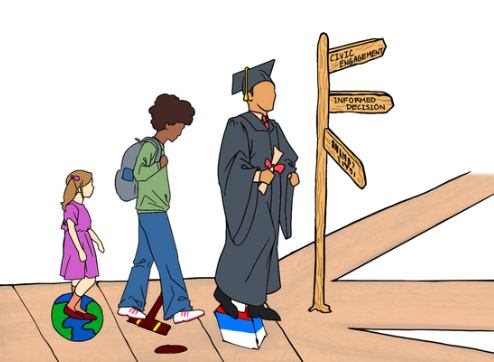Tensions reached a boiling point on Aug. 9 in St. Louis suburb Ferguson, MO, when Michael Brown, an unarmed black teenager, was shot and killed by a white police officer named Darren Wilson. The police said that Michael Brown was shot while fighting for the officer’s gun. However, several witnesses claimed that Brown’s hands were in the air when the six shots were fired. The situation has not only sparked protests but has also spurred nationwide doubt on the status of racial relations in the 21st century. Ferguson residents are justified in their mistrusting attitude towards law enforcement due to the actions by the Ferguson police and the lack of progress in the investigation of Brown’s death.
The tactics of Ferguson officers have been overly aggressive. The police responded to residents’ peaceful protesting against Brown’s death with military-style equipment. In early August, when riots had yet to occur, SWAT officers were monitoring the streets with excessive weaponry while equipped with tear gas, rifles and armored vehicles. Such deployment of military equipment only added fuel to the fire.
Trust between law enforcement and citizens has also been further eroded due to miscommunication. Nearly a week after the shooting, Chief of Police Thomas Jackson released video footage that he claimed showed Brown robbing a convenience store before he was shot. Attempting to justify Officer Wilson’s actions through the footage, the police claimed that Officer Wilson knew about the robbery and stopped Brown, believing him to be a suspect. However, the police chief later denied his previous statement when announced in a press conference that Officer Wilson had stopped Brown because he was walking in the middle of the road. Misleading and changing stories by the police have further instilled the Ferguson public with doubt.
Not only did the Ferguson authorities use military force and incoherent justifications but they also made several unjustified arrests. Two reporters covering the situation in Ferguson were arrested at a local McDonald’s three days after the shooting with charges of trespassing. Though the reporters were released unharmed, the unlawful detainment clearly highlights the heavy-handed attitude of the police force and the low regard they have for fundamental First Amendment rights.
One of the main problems in Ferguson is the diversity gap. The city leadership and police force are both predominantly white, while 90 percent of the city’s residents are African-American. One solution would be to increase efforts to diversify the department so it reflects the community more closely. This will help bridge the gap in trust. Secondly, this country need to start looking at this tragedy with an open mind and acknowledge the racial disparities that exist in our society today. These incidents seem to be happening with increased regularity. The U.S. has made significant progress since the Civil Rights Act, but people need to stop denying the fact that we still have a long way to go.
Obviously, changes like these won’t happen overnight but they need to be discussed more openly and without fear of repercussions. The situation in Ferguson is not only about one man who was killed in one town; it is about all African-Americans in our society facing significant hurdles in order to progress in this country. There are many other cities in the U.S. today with similar power structures that are unrepresentative of the population. Sadly, it is a difficult problem to solve. This problem ultimately stems from racial prejudice that still lingers. The challenge to achieving these changes in cities with similar demographics rests in the oblivion that hides such disparities until a case like Michael Brown occurs.
—Murthy, a junior, is a Centerfold Editor.










